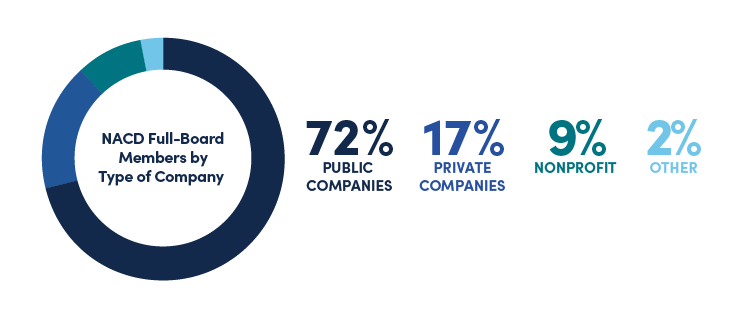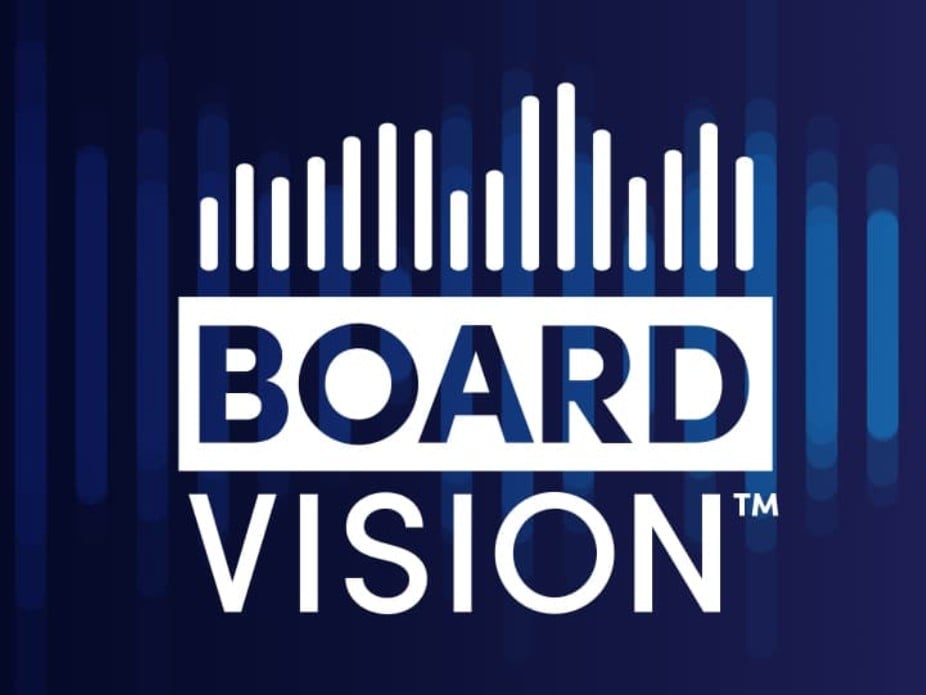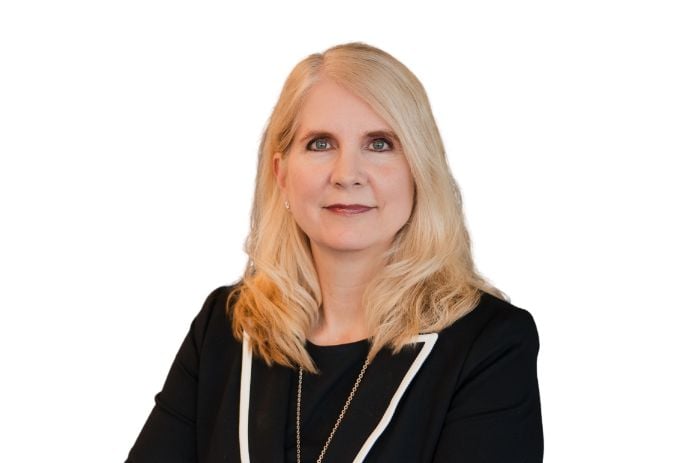
Newsroom
Connect and learn more about NACD

We Are Corporate Directors’
Independent and Trusted Voice.
For more than 45 years, we have helped leaders build successful companies that make a difference in the world. Every day NACD inspires directors to govern with courage and passion and meet the challenges of modern governance through innovation, education and partnership.

The Voice of NACD

NACD Directorship 100™
The Directorship 100™ Awards celebrate the most influential directors and governance leaders who exemplify excellence, integrity, and impact – both in the boardroom and beyond. Each year, NACD honors more than 100 outstanding individuals shaping the future of corporate governance, highlighted by the prestigious B. Kenneth West Lifetime Achievement Award and the Directors of the Year distinction. In 2025, we proudly continue this tradition, recognizing those whose leadership sets the standard for boards nationwide.
Press Releases

Fast Facts
NACD is the largest U.S. network of corporate directors.
Our 24,000+ members represent 94% of the Fortune 1000 and the full spectrum of industries and services.


Request an NACD Speaker
Looking for a powerful voice on governance and board leadership? Our speakers are subject matter experts who have timely insights on board leadership, risk oversight, strategy, culture, and emerging trends shaping the boardroom. Whether you are hosting a conference, corporate program, or educational seminar, NACD speakers deliver practical guidance and thought leadership tailored to your audience.

Transforming Technology Oversight
New Podcast Episode
It can feel impossible to distinguish between reality and hype when it comes to new technologies. But that’s exactly what strategic boards are doing, says Grant Thornton’s Adam Bowen.
In this episode, Bowen and NACD’s Dylan Sandlin discuss the board’s role in tying digital transformation to strategy, how technology executives can work with the board, and how directors can stay current on new technologies.










